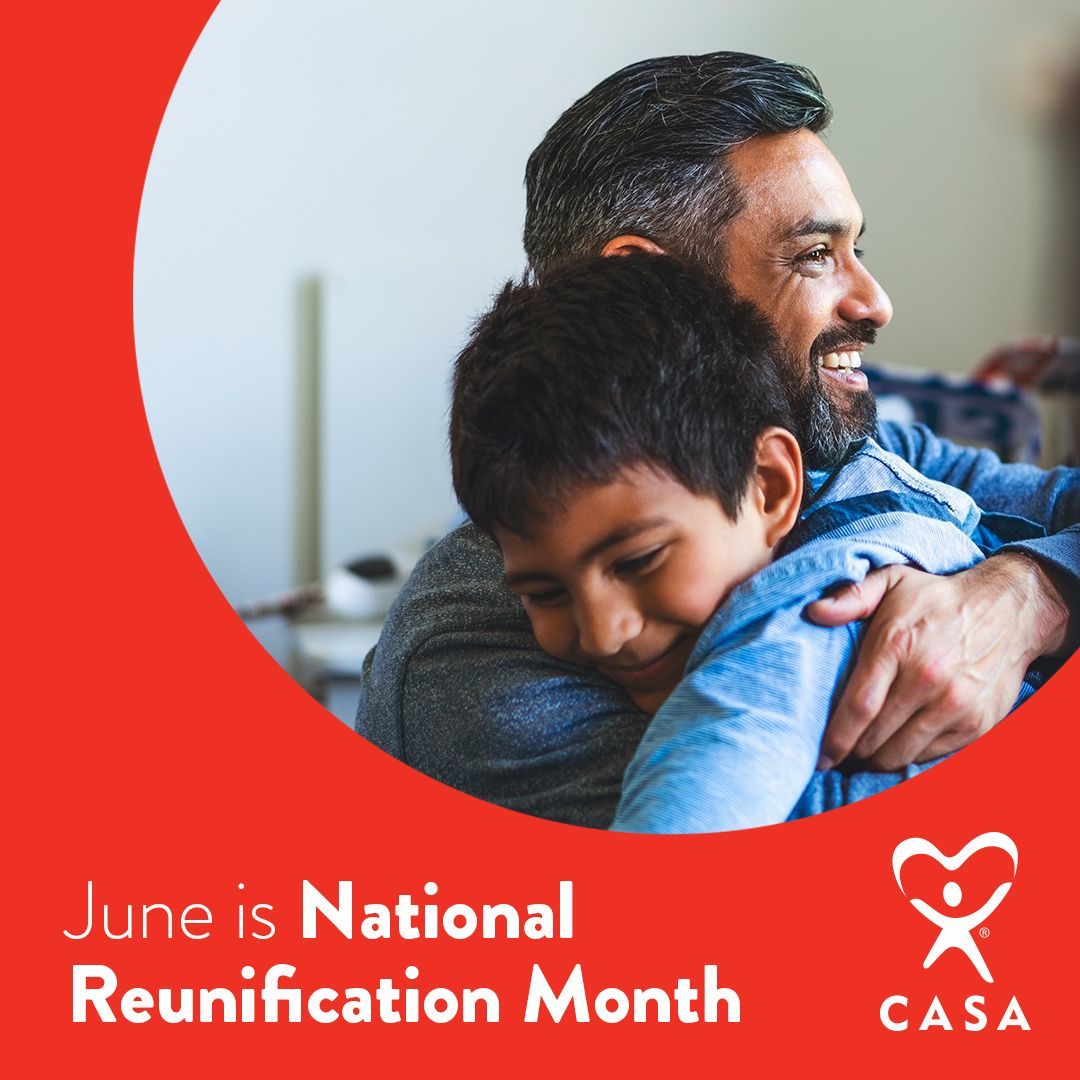
The majority of children placed into foster care are not adopted. In fact, people are surprised to hear that the primary goal of foster care, with the exception of a few cases, is reunification of children with their biological parents.
Why is reunification the primary goal?
We want to make sure everyone understands that only safe family reunification is the goal.
Not all parents involved in the child welfare system are inadequate caregivers. Most of these adults are battling debilitating personal issues (substance abuse, mental health issues, domestic violence, homelessness, etc.) that prevent them from being able to care for their child or children in the capacity that is necessary. This doesn't mean parents do not love their children, or that children do not love their parents. Sometimes people just need extra support to acquire the tools to be better caregivers, which is where the child welfare system comes into play.
When a child is removed from their home and placed into foster care, parents are given access to services and programs that are meant to improve their present circumstances, and eventually create an environment that is safe enough for the child/children to return to their care. The system is not designed to “break up” families, but rather to give them the resources they need to thrive as a family unit.
How does reunification benefit the children involved?
Take a moment to imagine yourself as a child. One night, a stranger comes into your home, tells you to pack up a few of your belongings, and takes you away from your family. You move from home to home, meeting new people, attending new schools, and living in a constant state of instability.
No child should have to live with such uncertainty. Removing a child from the only home they know is already a traumatic experience, but to keep them in this state of flux only compounds the initial trauma. Lengthy stays and multiple placements in foster care have been linked to behavioral issues, academic difficulties, relationship attachment issues, and many other adverse effects.
This is particularly true for children who enter foster care at the age of 12 or older. The longer their stay, the more likely it is for a child to develop unhealthy behaviors. They may start to think that their parents don’t love them or that perhaps they themselves are not good enough in some capacity. While none of these statements are true, this kind of thinking is a way for the child to rationalize their circumstances, often internalizing thoughts that may be harmful or damaging to their mental health. As a result, these children are more likely to suffer from depression, anxiety, PTSD and a variety of other mental health conditions.
Younger children can also face serious complications from lengthy stays in foster care. During the first 10 years of a child’s life, the brain is more than twice as active as an adult’s brain. Over a trillion neurons begin to form connections and neurotransmitter networks that control personality traits, learning processes, coping mechanisms, and much more. Throughout this period of time, children depend on primary attachment figures (parents and caregivers) to develop fundamental skills, including building appropriate social skills, communicating feelings and wishes, self-regulating, and developing healthy relationships outside of the home. Permanency and trust are a vital part to forming this attachment, which is enhanced when placement is familiar and stable.
Enhanced/Improved mental health and developmental outcomes aren’t the only benefits to reunification. When children are reunited with their parents, they are not just returning home. Children are also reunited with their extended family members, cultural traditions, and even languages, all of which provide a feeling of secure attachment. In the long run, reunification can help children reconnect with their identity and relieve the stress of feeling out of place.
How does reunification occur?
Every family and every case is unique. Although support structures for families are put in place, not every child will be reunited with his or her loved ones. A parent must show reasonable effort to complete court ordered services, whether it be counseling, parenting classes, substance abuse meetings, or anything else the court has deemed necessary for a safe reunification.
Ultimately, it is the Judge’s final decision that determines the outcome of each child’s case. As frustrating and as long as this process may be, it is important to keep an open heart and mind when supporting families through this challenging and emotional time.
With the collective effort and support of child welfare agencies and CASA volunteers, we hope children and their families can grow and thrive beyond the foster care system.
